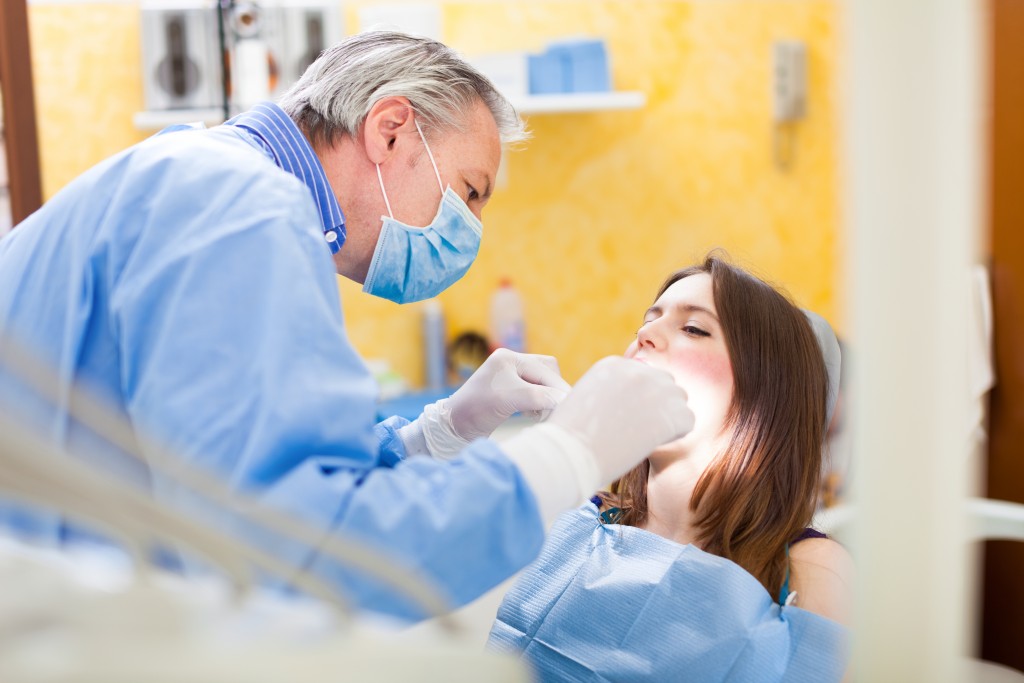The field of dentistry has definitely come a long way ever since Greek geniuses Hippocrates and Aristotle mentioned tooth decay treatment centuries ago.
Today, dental clinics can do more than fill those cavities, perform a root canal, or fix teeth misalignment. One can already find an oral surgeon, who can repair a dislocated jaw or restore the function of the mouth damaged by trauma or injury.
The more comprehensive facilities can also offer more innovative treatments. These include platelet-rich plasma therapy, which hastens the healing process, especially after surgery.
But some of these innovations were born out of necessity and, in certain cases, the ravages of war.
The Soldiers with Broken Faces
Wars seem to be as old as the age of civilization. Battles even figured themselves prominently in the Bible. Think about Joshua and his men trying to topple the walls of Jericho.
Wars can also occur for a variety of reasons: revenge, usurpation, colonization, dominance, and a whole lot more. But more often than not, they involved politics on a grander scale. And World War I was just the beginning – a tragic one.
Also known as the Great War, the First World War, which started with the assassination of Archduke Franz Ferdinand of Austria-Hungary in 1914, left devastation in its wake. Within four years, it displaced over 50 million Europeans and killed 22 million people, including 9 million combatants.
Many of those who survived weren’t entirely lucky either. Besides dealing with post-traumatic stress disorder and shell shock, some returned to the United States with broken faces.
Face disfigurement was a major health issue that arose in World War I. These soldiers’ faces met splinters and machine-gun bullets. Toxic gases caused the skin to burn and shrivel.
Many doctors tried to perform oral surgery on the field; but with limited tools, help, and skills, they could only do so much. Soldiers were still left with plenty of scars that tightened severely they could hardly move their mouths to talk and eat.
Giving Soldiers Options—and Hope

The Great War left not only an economy in shambles and millions of death but also “broken gargoyles.” These soldiers often feel stripped of dignity that would have allowed them to live normal lives.
However, in every darkness is the light, and this period also helped restore people’s faith in humanity as soldiers received help, sometimes from the unlikeliest people.
Anne Coleman Ladd, an American sculptor, used her skills, training, and profession to craft wearable masks for these disfigured soldiers. This way, they could interact with the public without causing fear and anxiety. She asked permission to travel in Paris, and with the help of the American Red Cross, she opened a studio called Portrait Masks.
Eventually, her mask techniques, which she improved over time, turned into anaplastology. This is a branch in facial surgery that involved creating prostheses for deformed parts of the face in critical locations. It’s one of the types of training that maxillofacial surgeons can undergo.
In New Zealand, Sir Harold Delf Gillies was working as an otolaryngologist when he decided to join the Royal Army Medical Corps during the war.
Assigned in France, he worked with Auguste Charles Valadier, a French American who pioneered maxillofacial surgery. From him, Gillies learned about skin grafting, which excited him that he traveled to Paris to meet with a French surgeon, Hippolyte Morestin.
From these leading surgeons in France, Gillies traveled to England where he was ready to take his learning to a whole new level and eventually help the broken soldiers. Together with William Arbuthnot-Lane, the chief surgeon of the army, they opened a ward for people with facial injury in Cambridge Hospital.
Gillies and his team later moved to Sidcup to open a bigger facility to accommodate the demand, and the Queen’s Hospital was born.
Through his efforts and commitment, the hospital performed over 10,000 operations and assisted not fewer than 5,000 men. Experts also called Gillies now as the father of modern surgery for developing countless techniques.
The invention of anesthetics and development in medicine proved to be significant and life-saving in the battlefield. However, not everyone who survived was left unscathed. The Great War affected their minds, and for thousands, it left a horrible remembrance on their faces.
The work of Ladd and Gillies didn’t fully restore the faces of these broken soldiers. This is even if the latter had studied surgery extensively and improved his techniques.
But their efforts gave them what the war had stolen: hope and dignity. They severely lessened not only the disfigurement but also judgment. From them too, trauma surgery evolved so others can have a better outlook than these soldiers did.






